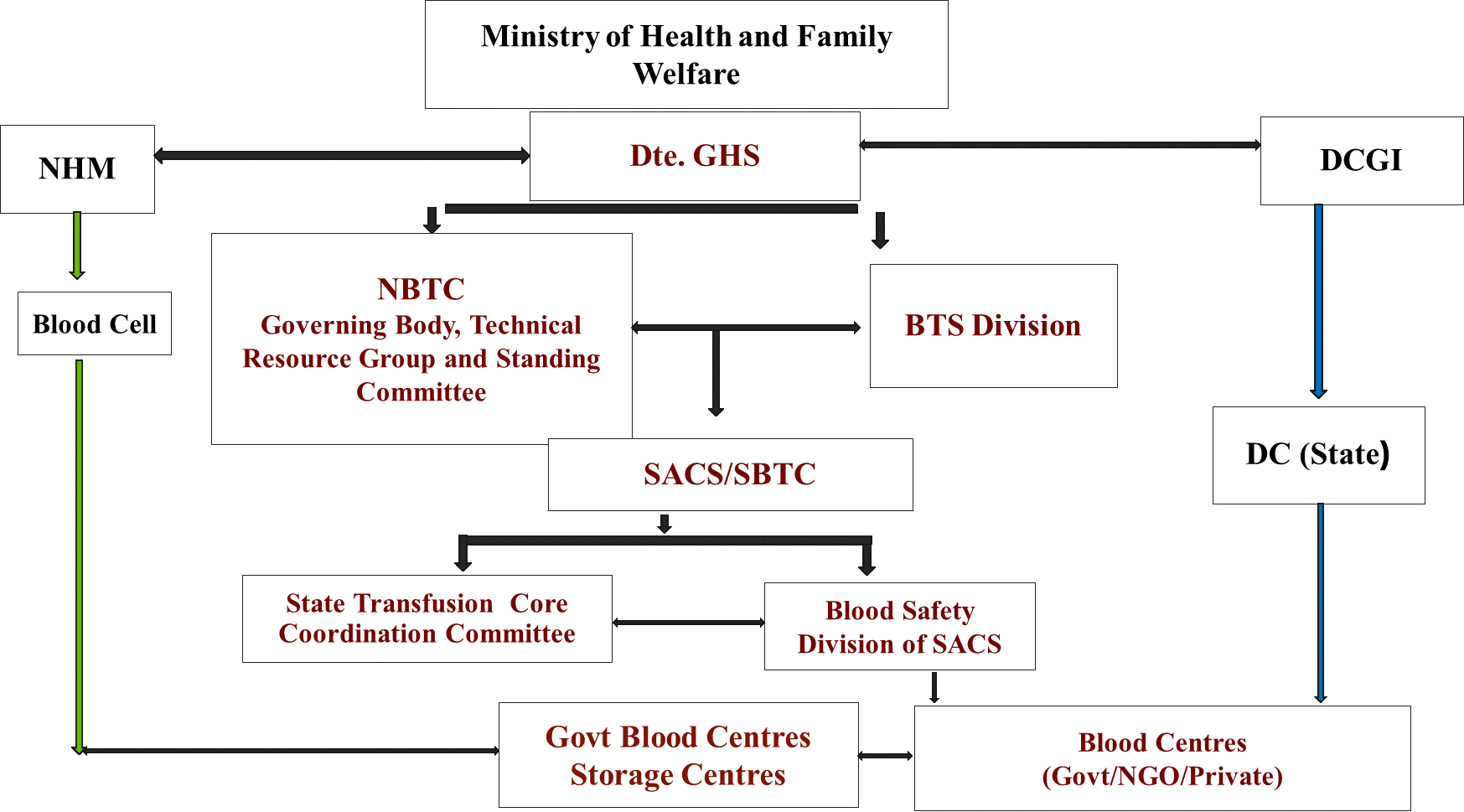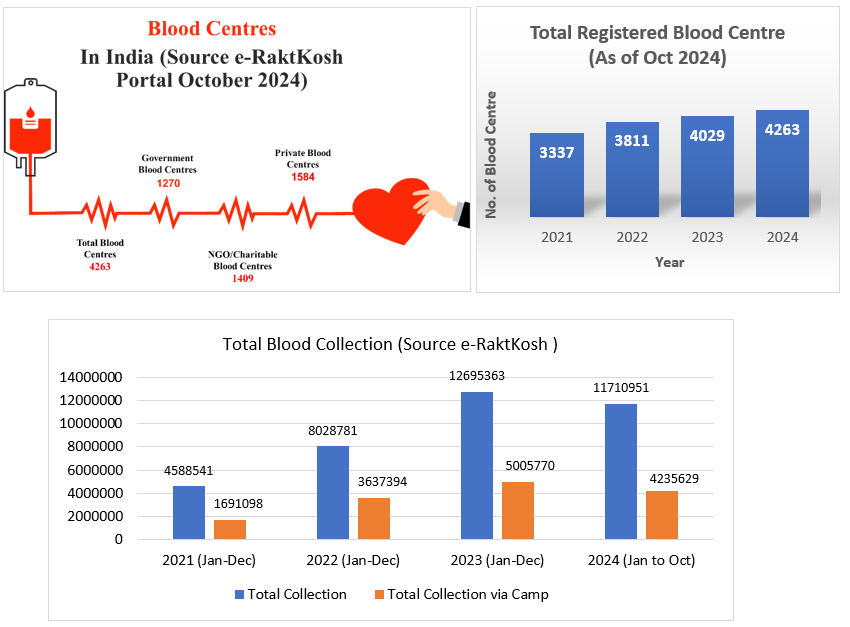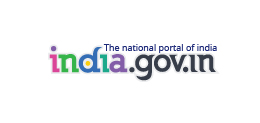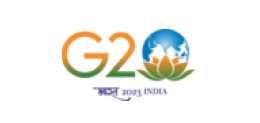Introduction
Blood is a vital resource in medical treatment and emergency care, with the annual requirement for blood in the country estimated at 14.6 million units. To ensure a safe and adequate blood supply, significant policy reforms have been implemented over the years. In 1996, a landmark Supreme Court judgment led to the complete ban on professional blood donation, marking a turning point in the country’s approach to blood collection. This decision was followed by the establishment of the National Blood Transfusion Council (NBTC) and State Blood Transfusion Councils (SBTCs), which facilitated the regulation and licensing of all blood banks.
In line with these developments, the National Blood Policy was formulated in 2002 to provide a structured framework for safe and efficient blood transfusion services. The estimation of national blood requirements was further refined with the National Blood Requirement Estimation conducted in 2016-17. A key feature of this system is the mandatory screening of all blood donations for five Transfusion Transmissible Infections (TTIs), namely HIV/AIDS, Hepatitis B, Hepatitis C, Syphilis, and Malaria, to ensure the safety of blood transfusions.
The overarching goal of this initiative is to promote voluntary, non-remunerated blood donation through a well-coordinated and networked blood transfusion service, ensuring that safe and sufficient blood is available to meet the medical needs of the population.

Objectives of Blood Transfusion Services (BTS)
Blood Transfusion Services ensures that Blood and Components (Whole Blood/ Packed Red Cells/ Plasma/ Platelets, etc.) are
- Available (Adequate Blood Collection to fulfill need)
- Accessible (Enough reach where it is needed)
- Safe (Not cause harm, especially TTI)
- Standard quality (Provide clinical gain)
Key Strategies:
The government has adopted a comprehensive approach towards strengthening blood transfusion services, key strategies for which include:
- Increasing regular voluntary non-remunerated blood donation to meet the safe blood requirements of safe blood in the country;
- Promoting component preparation and availability along with rational use of blood in health care facilities and building capacity of health care providers to achieve this objective;
- Enhancing blood access through a well networked regionally coordinated blood transfusion services;
- Establishing Quality Management Systems to ensure safe and quality blood and
- Building implementation structures and referral linkages.
National Blood Transfusion Council (NBTC)
NBTC is the policy-formulating apex body for all matters about Blood Transfusion Services for the country. Similarly, State Blood Transfusion Councils are set up at the State level to adopt/ adapt and implement the policy directives of NBTC.
-
Role of NBTC
- To formulate policy, strategy, standards, and technical guidelines
- To monitor the provisioning of blood across all sectors
- To coordinate national-level policy and strategy for the promotion of Voluntary Blood Donation
- To support capacity building in blood services, including technical education









